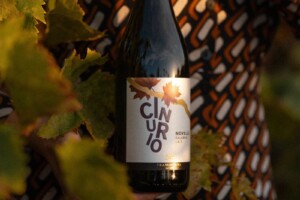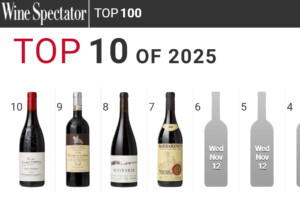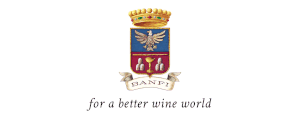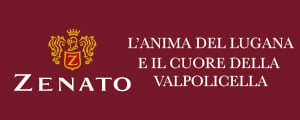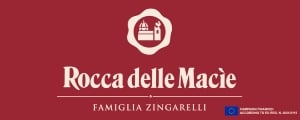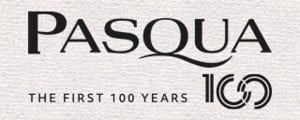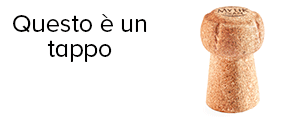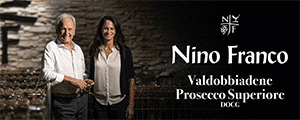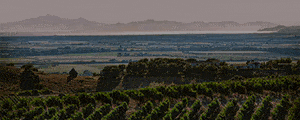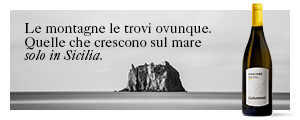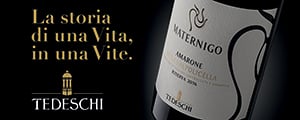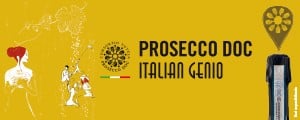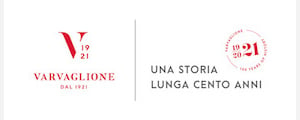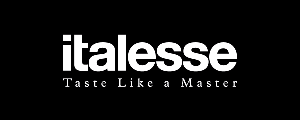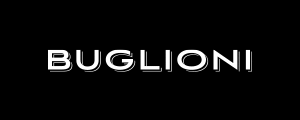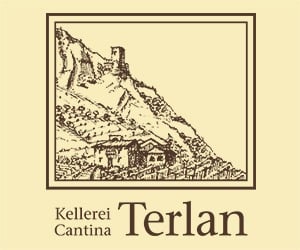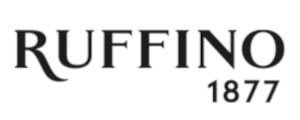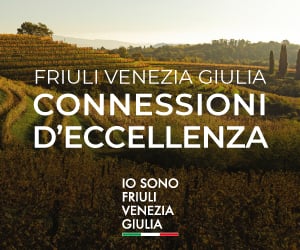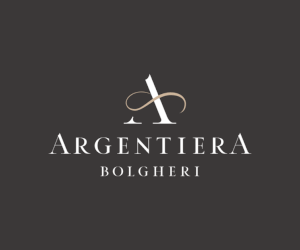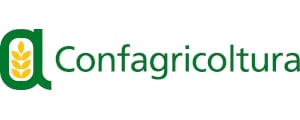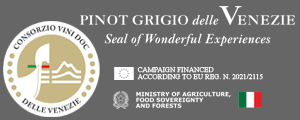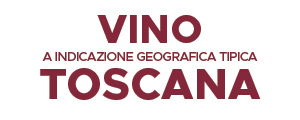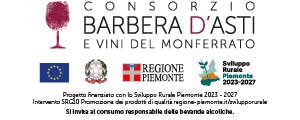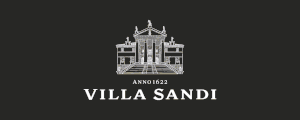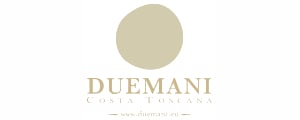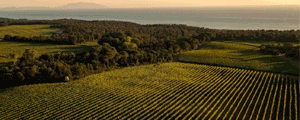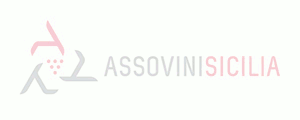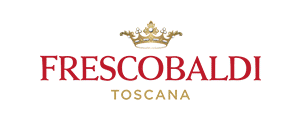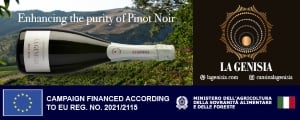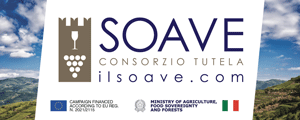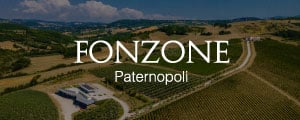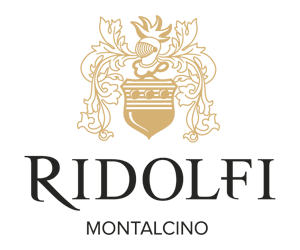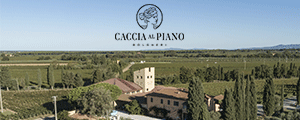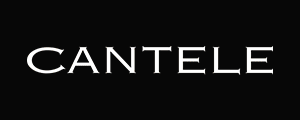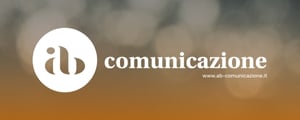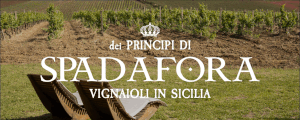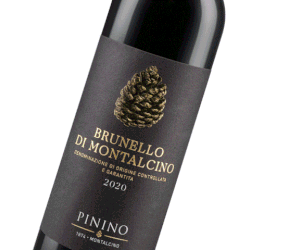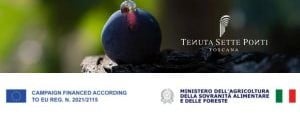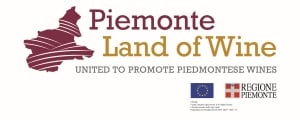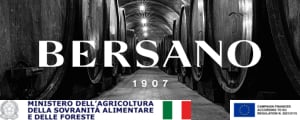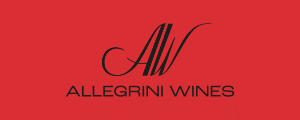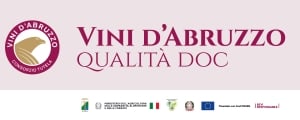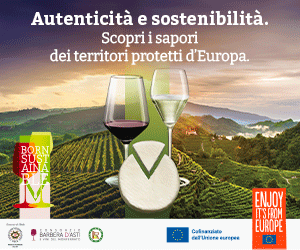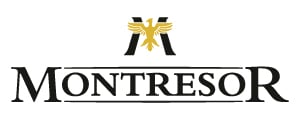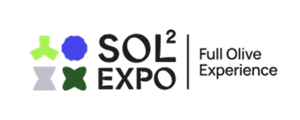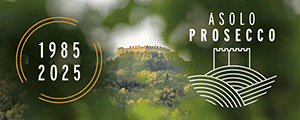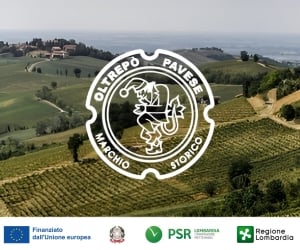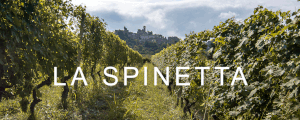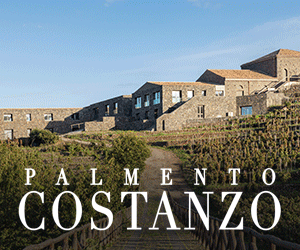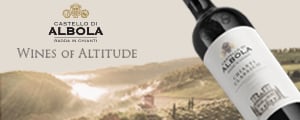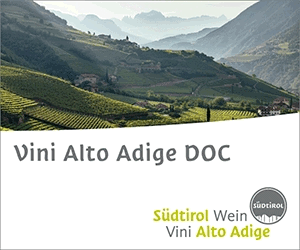Stocks of Italian wine remain decidedly high, with the 2025 harvest now completed (and which produced abundant quantities, estimated at 47 million hectoliters), in a phase where the market seems to be “slowing down”, many doubts persist, and the phenomenon of reducing yields is gaining traction across various denominations. According to the new “Cantina Italia” report, prepared by Icqrf, the Central Inspectorate for the Protection of Quality and the Prevention of Fraud in Agri-food Products, based on data from the electronic wine registers and published by the Ministry of Agriculture, on October 31st, 2025, Italian companies hold 44.5 million hectoliters of stocked wine (almost an entire harvest, ed), +23.8% compared to September 30th, 2025 (+8.5 million hectoliters, a figure influenced by the completed harvest) and 5.2% higher than October 31st, 2024 (+2.1 million hectoliters).
Particularly, on October 31st, 2025, Italian wineries have 44.5 million hectoliters of wine, 14.3 million hectoliters of must, and 14.3 million hectoliters of new wine still fermenting (Vnaif). Compared to a year ago, stock levels are higher for wine (+5.2%), for must (+6.9%), and for Vnaif (+6.2%), and, compared to September 30th, 2025, stock levels are higher for wine (+23.8%), for must (+67.4%), and for Vnaif (+211.3%).
62.1% of the wine is stocked in northern regions, mainly in Veneto (26.6%, ahead of Emilia Romagna with 12% and Tuscany with 11.5%). 55.7% is PDO, 25.3% PGI, while varietal wines account for just 1.5% of the total, and 17.6% is represented by other wines. Stocks of wines with Geographical Indication are highly concentrated: in fact, 20 denominations out of 526 account for 58.9% of the total. Prosecco leads the wine stocks is with 4.2 million hectoliters (11.8%), followed by IGT Toscana with 1.5 million hectoliters (4.2%), IGT Puglia with 1.4 million hectoliters (3.9%), Rubicone with 1.2 million hectoliters (3.4%), Delle Venezie with 1.2 million hectoliters (3.3%), and Chianti DOCG with 1.1 million hectoliters (3.2%).
Stocks which therefore remain high for Italian wine, even if this is somewhat “physiological” after the harvest, but they are still significantly more “generous” than a year ago. All this comes as the market, primarily the U.S., the main destination for Italian wine, has shown signs of slowing down in purchases from Italy: a trend that doesn’t bode well for reducing wine volumes in Italian cellars.
Copyright © 2000/2025
Contatti: info@winenews.it
Seguici anche su Twitter: @WineNewsIt
Seguici anche su Facebook: @winenewsit
Questo articolo è tratto dall'archivio di WineNews - Tutti i diritti riservati - Copyright © 2000/2025

















